The charity befriending and restoring unloved churches to their former glory
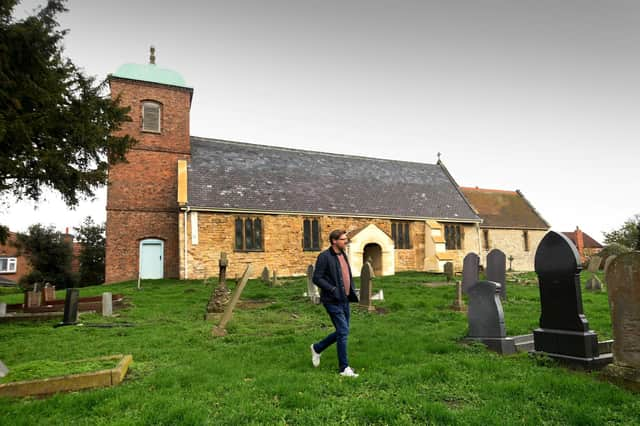

When Rachel Morley, Director of Friends of Friendless Churches, first joined the charity in 2018, her predecessor had already been working to secure the future of St Helen’s Church for around four years.
“It had been declared redundant in 2007, and the Diocese of York and Church Commissioners were trying to sell it off for domestic conversion. When that didn’t work out, they were planning to demolish it. We asked for the money they would have spent demolishing the church to put towards the repairs and it finally came into our possession in 2020.”
Advertisement
Hide AdAdvertisement
Hide AdAt that time, the once proud church, which has a medieval nave, Georgian tower and porches, and a Victorian chancel, was in a sorry state. The roof was leaking, the South porch had partially collapsed, its plasterwork was crumbling and paint was peeling. There was even a tree growing out of the roof.
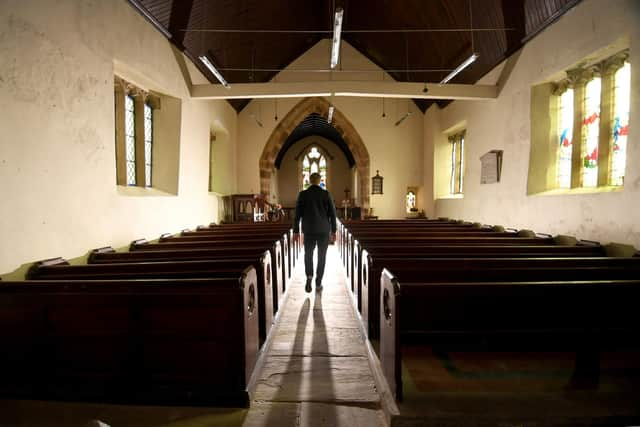

As unlikely as it may sound, taking ownership of St Helen’s mid-way through a global pandemic proved to be incredibly fortuitous for Friends of Friendless Church because, in addition to the £80,000 received from the Diocese of York and the Church Commissioners, the charity was able access a government grant of more than £200,000 towards the cost of repair work. In all, more than £343,000 has been spent so far, a sum that includes money from Friends of Friendless Churches’ own funds.
“We got lucky because, at the time, there was a stream of government funding for projects that would help to get the construction industry moving and save historic buildings,” says Rachel. “There’s always more to be done at a building like St. Helen’s, but we were able to repair the roof, sort the drainage, rebuild the South porch and repair the plasterwork. If we’d not had the grant, it would have been much more piecemeal; we’d have done the work in phases and it almost certainly wouldn’t have reopened yet.”
The only catch was that the money had to be spent within a very tight timeframe, putting incredible pressure on Rachel, who is the charity’s only full-time employee. The only other member of staff is Katie Toussaint-Jackson, who works part-time as an administrator, although the pair are guided by a committee of influential trustees and the charity also has the backing of several high-profile patrons, including Robert Gascoyne-Cecil, the Most Honourable Marquess of Salisbury.
Advertisement
Hide AdAdvertisement
Hide Ad“The funding was sort of crazy; we had six months - and over winter too - to complete a competitive tendering process, get the scaffolding up and do the work! It was very stressful but worth it.” For Rachel, this meant travelling to East Yorkshire from the charity’s headquarters in London and getting hands-on. “I don’t often go to site and work, but the funding and timescales made it a necessity.”
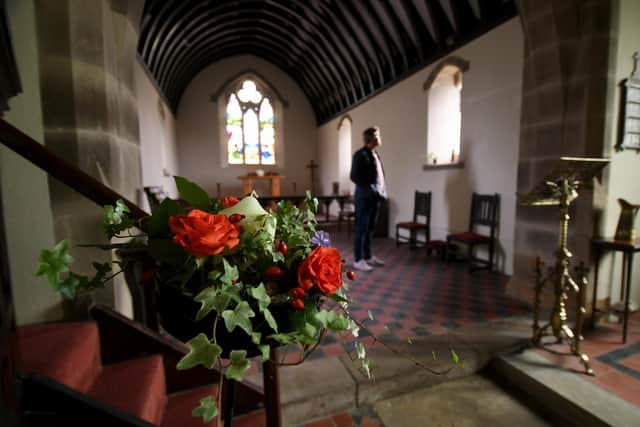

With her background in paint and plaster conservation, Rachel relished the opportunity to strip back the layers to get an insight into how the church had been decorated in the past. She uncovered evidence of ornate stencil designs dating back to the mid-19th century, which had been hidden beneath a variety of different paint colours as fashions changed.
York-based White Rose Conservation was hired to work on the project and, in keeping with Friends of Friendless Churches’ objective of employing local tradespeople, the entire team, from the archaeologists to the structural engineers, was from Yorkshire.
Among the hidden gems uncovered during the restoration work is a medieval, dug-out parish chest that would have been used to store important parish records and items of value.
Advertisement
Hide AdAdvertisement
Hide Ad“It’s so cool, it’s made from a huge tree trunk that’s been hollowed out and contains a tiny lead-lined box. It has three locks and that’s how we know it was the parish chest because the keys would have been held by three different people - the vicar and two church wardens - and they’d all have to be present to open it,” says Rachel. “Another thing I love about St Helen’s is something I’ve never come across before in any of the other buildings in our care. In the base of the tower we found a coffin-shaped wooden frame that was used to mark out graves, as well as a shovel and a pickaxe. It’s essentially a grave digger’s kit from the 18th century.”
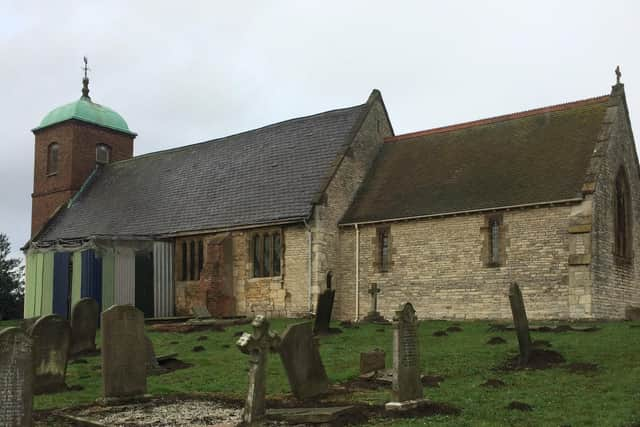

Another unusual discovery was made when contractors stripped the roof and discovered what they initially thought was a large volume of nest material left by wild birds. However, it soon became apparent that, at some point, the church roof had been insulated with straw in an attempt to keep the congregation warm. When they removed layer-upon-layer of paint from the church doors, the team found centuries old graffiti in the form of names, dates and initials. “It’s from the 18th century. I love that sort of thing; we’ll never know who wrote it and why they were there, but it’s history seeping out of the church,” explains Rachel.
Since the work was completed, the church has been open to the public daily and hosted a handful of community events, including a exhibition of wedding dresses from different eras in history to coincide with Queen Elizabeth II’s Golden Jubilee celebrations in the summer.
“These events have all been led by local volunteers, and a Friends of St. Helen’s group has been formed. I don’t think of it as our building; it was built for the people by the people and the hope is for it to stay that way.
Advertisement
Hide AdAdvertisement
Hide Ad“We did a public consultation in 2019 and it’s hoped that heritage days, school events and other activities can take place there in the future.” Barmby On The Marsh resident Stuart Dennell, who’s one of the volunteers working with Friends of Friendless Churches to encourage the community to make use of the church, said: “We’ve set up a group called Friend of St Helens Church, Barmby on the Marsh on Facebook and anyone is welcome to join. We are in our very early days and, so far, the main objective is to keep the church clean and looking good for anyone wishing to visit. We’re always looking for more helpers. “We hope the church can become a focal point again in a village with a fantastic sense of community, hosting events, talks and the occasional services. I’d encourage everyone to visit and appreciate a space that could so easily have been lost forever.”
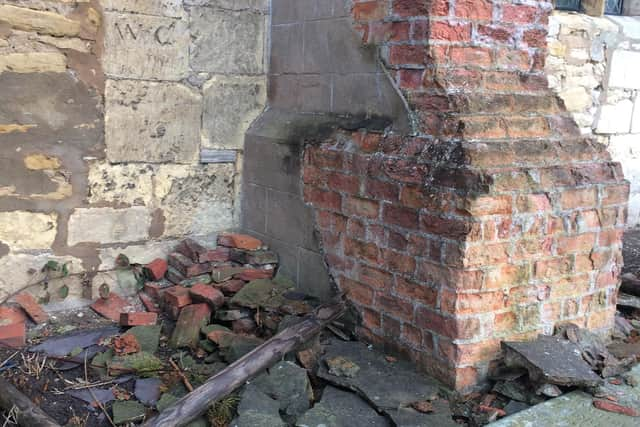

About Friends of Friendless Churches:
Friends of Friendless Churches was established in 1957 by Welsh journalist, politician, sportsman and polymath Ivor Bulmer-Thomas and a groups of his friends. The charity initially focused on campaigning and grant-aiding but began to take ownership of buildings in 1972, when the residual tower of St Matthew’s at Lightcliffe in West Yorkshire became the very first friendless church to be adopted. Today, the charity has 60 churches of architectural and historical importance in its care, including the Chapel of Ease at Thornton-le-Beans and St Lawrence’s at Hutton Bonville, both of which are in North Yorkshire. Friends of Friendless Churches relies on donations and securing grants to fund its work to save places of worship - of any faith - from demolition, decay and unsympathetic conversion.
friendsoffriendlesschurches.org.uk